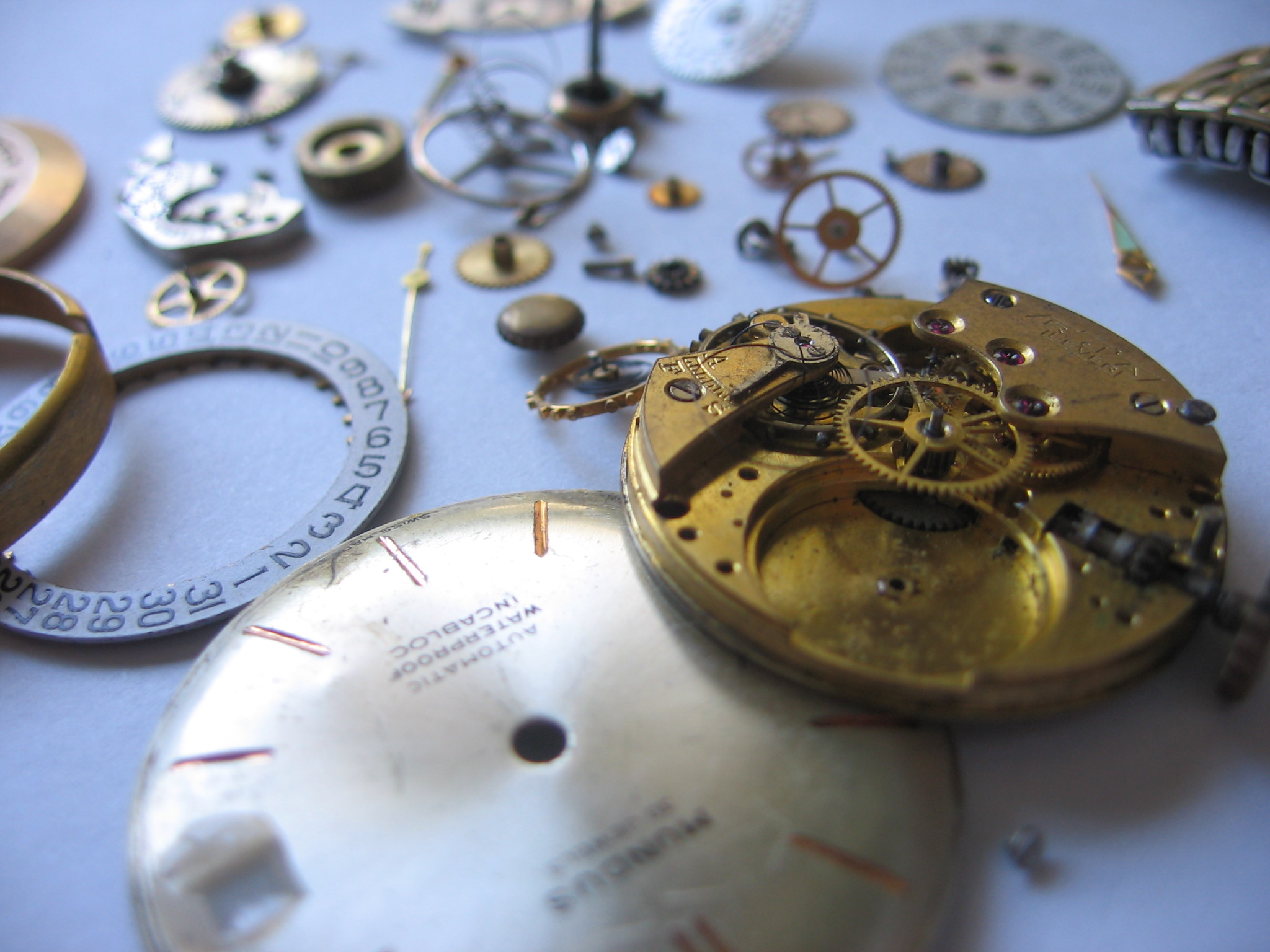Live Digital Audio Part 4
What can you do when it goes wrong? Each live set up will vary, but there are a few fundamentals you can check before having to call tech support.
Snap, crackle, and pop – how to recognise digital issues
What does a sampling or word clock issue even sound like? Unfortunately, they can sound like all sorts of weird noises. As mentioned in previous posts, if your word clock starts to slip out of sync it will just sound a bit off. You may notice the stereo image doesn’t feel as big, or it sounds a little dull, or phasey. More disconcerting problems manifest themselves as strange periodical pops or clicks, or even like someone twanging a rubber band. Think of the 1s and 0s – if the information isn’t transmitted correctly there isn’t any intermediate value, there is no 0.5 in binary. The bit is either there, or it isn’t. Devices then try to read the empty (or partially empty, in the case of slight mistiming) slot and it may result in random noise. If we go back to our video analogy if you’re watching an analogue transmission and the reception goes bad, it will go fuzzy around the edges, but it’ll still be watchable. If a digital transmission does the same, the entire image tends to freeze, become pixelated, or fill with weird patterns and colours.
Don’t overcomplicate it
So what can you do about it? The number one step should be to make sure it is actually a digital issue. Don’t hear hooves and presume zebras. If something is crackling, make sure it isn’t a bad stage cable or piece of backline, etc. If there’s a weird noise, is it over the entire system or is it just on one or two channels? If it isn’t global, it’s more likely to be something like a broken input or analogue transmission line. If it’s over several channels, it could be crosstalk in a multipin cable or something in one area of the room that several mics are picking up.
If you’re certain it’s a sampling or word clock problem, think through the signal path methodically, like you would with any other fault. Make sure everything is still set to the correct sample rate, master clock, and IP address. Check your cables are seated correctly – this is especially important for BNC connectors. Due to the central pin being so small, if they aren’t in the socket completely straight, or are taking a lot of strain, they can lose too much of their connecting surface area and stop passing signal. Optimally (I always try to secure cables in such a way that the weight is taken off the connections for this reason. It also keeps the cable in good condition for longer). Double-check that you haven’t connected cables of differing impedance. Work from one end of the signal path to the other, swapping out cables or bypassing devices one at a time. Take it down to the simplest setup you can, removing things like effects units or even the desk. If your amps have the capability, playing music or pink noise directly into them can take a big chunk of your setup out of the equation. If you are still experiencing problems, check that everything’s firmware is up to date, or at least the same version as other devices of the same type (e.g., all the amps, or desk stage boxes).
Have you tried turning it off and on again?
If this is all in order, it’s time to turn things off and on again! I know it sounds like a cop-out, but power cycling devices (using that term in front of clients makes you sound more professional than saying you’re turning it off and on again) can force them to reset to the right settings, or do their boot-up checklist, where they do a sweep of the network and see other devices that they might have lost contact with for whatever reason. It might not be enough to just switch it off; completely unplugging the device from its power source and leaving it for half a minute can sometimes make it forget any bad information it had stored and start again. Of course, be sure to save anything you need, like your show file, before trying this step!
Make the call
If none of this helps, I’m sorry to say it’s time to call tech support. But here’s the secret to most tech’s tech support: it’s other techs. Nearly everyone in this industry has friends who know more than them about certain topics, which they can phone when they’re stuck. If nothing else, they might know the solution just because they’ve had the same thing happen to them before. Yet another reason to be (genuinely) nice to everyone; we’re all part of a hive mind of knowledge, and nearly all of us are more than happy to help a colleague out of a bind. On top of this, audio equipment manufacturers are invested in making sure you don’t have bad experiences with their gear, and their support people are often ex-techs themselves, so they will definitely want to sort you out! There’s no shame in tapping into that knowledge if it gets the gig back up and running, and soon enough you’ll be the one who receives the panicked phone call half an hour before doors. Just remember that the more problems you experience, the more you can help others in the future.
